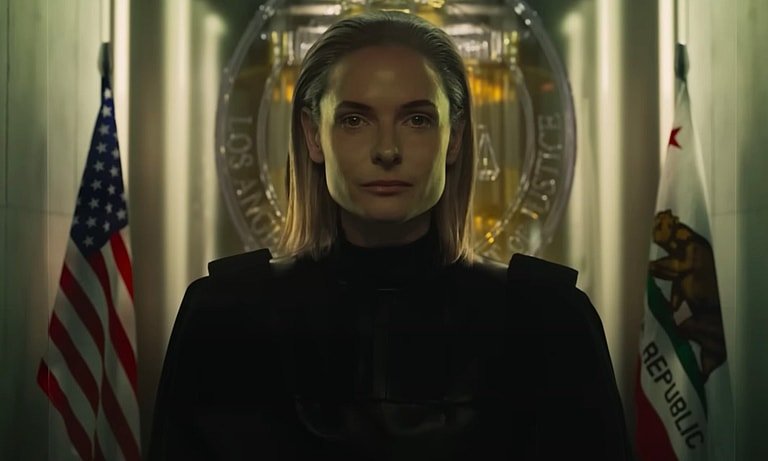Damsel
/A new idea in a movie industry landscape rife with sequels and franchise instalments is almost always worth celebrating, and this is certainly true for Damsel, directed by Juan Carlos Fresnadillo and starring Millie Bobby Brown. A central idea of the film appears to be to play on our expectations of the story and aesthetic of well-worn fairy tale tropes; the way the trailer’s musical arrangement hews to this idea displays a similar commitment to originality through subverting our aural expectations.
In an early bid for one of the most unusual and creative choices in a trailer so far this year, we hear Édith Piaf’s 1956 classic “Hymne à l’amour”—quickly trading a standard use of the track at the trailer’s outset for the addition of horror conventions in its arrangement, sounding suitably disturbing. However, at times it also sounds appropriately epic and fantastical, striking a balance (or tension) we’ll hear for the duration of the trailer. For example, at 0:54 we see what looks to be a colony of bats on fire, sweeping through the cavern. At 0:58 we get an audiovisual blackout at the height of one of Piaf’s vocal lines, where we get a closer look at what turns out otherwise be a charred dove or small bird of some kind.
Following the title card for the date, the music returns more as soundtrack (sounding notably lo-fi in its 1950s recording in contrast to the monologue on top). At 1:17 after a few accent hits by additional epic percussion the top of the melody is again used to synch with a climactic moment as we see a whole case of characters wearing metal masks.
Throughout this segment, an off-screen voice explains the plot rather directly. At 1:24, a piano note—noticeably off-key—cuts off the music for a moment, allowing more emphasis in the monologue as the body for this voice finally appears on screen. At 1:27 Piaf’s voice returns, somewhat jarringly with the loudest and most insistent epic percussion we’ve heard yet.
Things just keep moving, however, for at 1:30 we hear a deceptive cadence, with the music landing unexpectedly on the sadder, relative minor key. What’s more, Piaf’s music exits entirely now—with glaring synth and cavernous piano completely taking over. This works as a stark juxtaposition with the Piaf we heard earlier, though the earlier inclusion of additional piano and percussion prepared the audioviewer somewhat. With the aural palate cleansed, so to speak, at 1:43 we’re treated to the turn of “Hymne à l’amour” now in an epic choral arrangement, synched to the fire breathed by the dragon on screen. An action montage follows, taking full advantage of the epic feel of the chromatically ascending motif and sequential melodies, now bolstered by a full epic trailer music treatment. The final sequence at 2:16 adds Piaf’s voice back to the proceedings, embracing that juxtaposition between her lo-fi vocals and the newly trailerized arrangement.
Notice how, as occurred multiple times previously in the trailer, at 2:27 Piaf’s rising vocal line is reserved for the final climactic moment—this time, face to face with the dragon mentioned earlier. But then in closing we again experience the musical fairy-tale mode of the opening As much as the editors unabashedly embrace the motifs and aural trappings of modern epic trailer music, care is taken to infuse it with the pre-existing song by Édith Piaf. What’s more, it’s clear that the editors understand the opportunity afforded by the unusual song choice here to refresh said epic music tropes, if only by lending them a new sonic context to inhabit.
Best of all, the choice of “Hymne à l’amour” is unusual, to be sure, but not for the sake of novelty: What we have here is a subversion of all the most basic fairy tale tropes of the damsel in distress, the fire-breathing dragon, the handsome prince, and so on. There is a clear parallel at play in taking a classic 50s love song and thoroughly subverting our expectations of the song through epic and horror music additions and rearranging. Doing so serves to highlight the concept at the core of the film in taking our culturally received ideas about fairy tales and wresting something new.
Damsel arrives on Netflix March 8th.
— Curtis Perry







